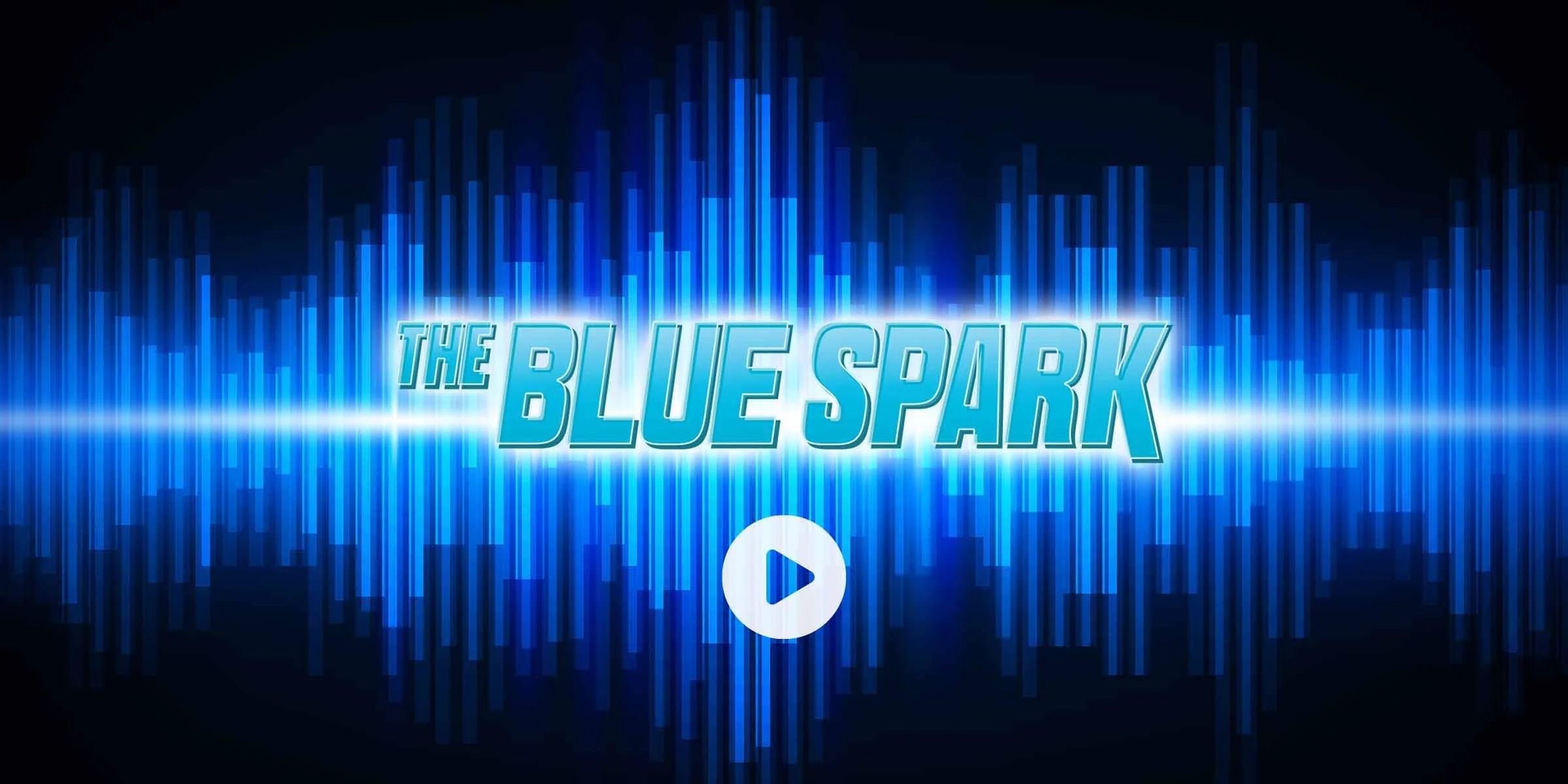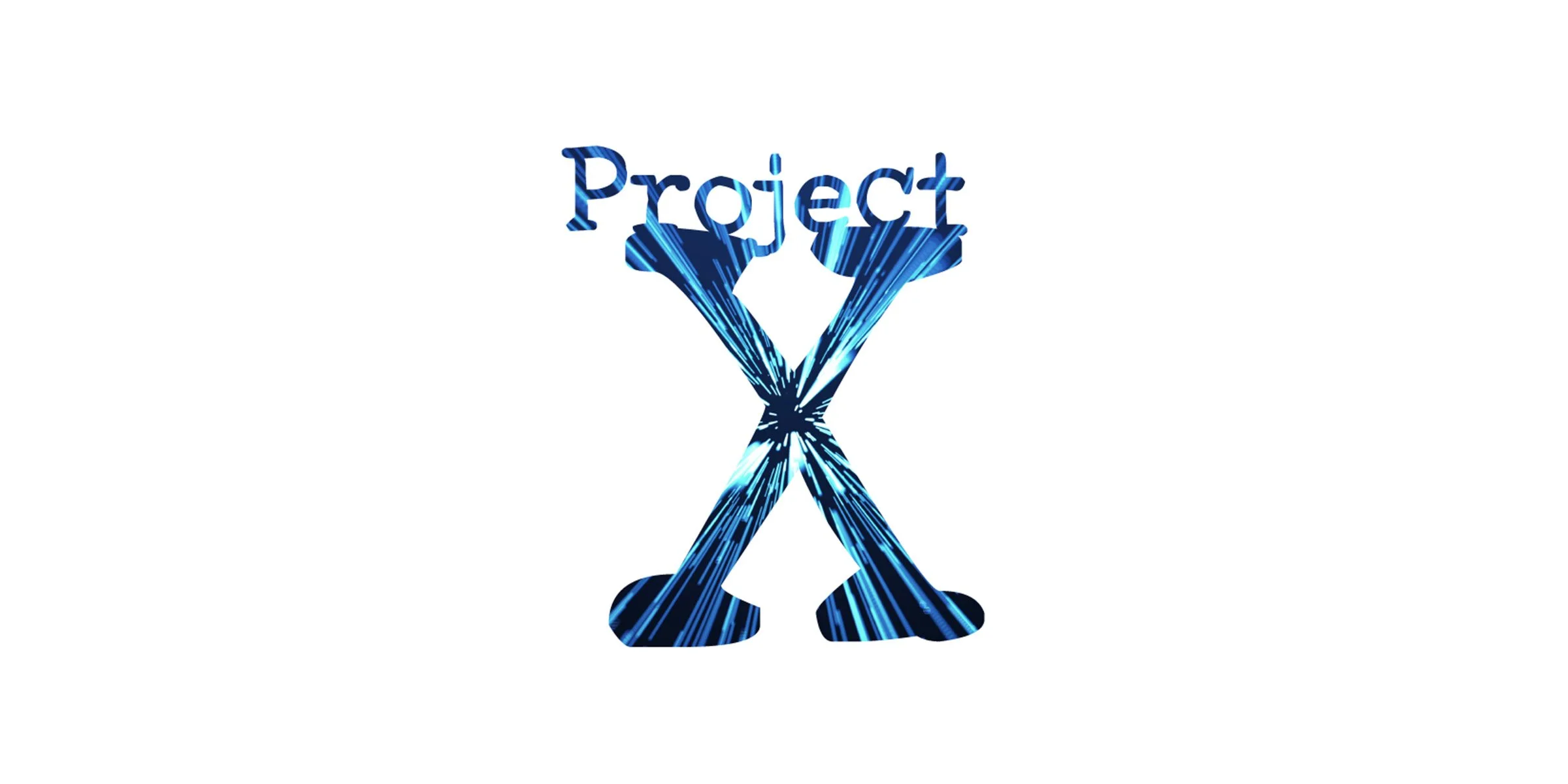Learn how to enhance your storytelling with musical references and create the soundtrack behind the story.
TL;DR – Music is the heartbeat of storytelling. From Ready Player One’s pop culture soundscape to the story behind my own sci-fi trilogy’s soundtracks, here’s how music deepens narrative impact.
Lessons from Ready Player One’s music references.
Ready Player One, the über-successful 2011 sci-fi novel by Ernest Cline, quite literally blew me away upon picking up my son’s paperback copy and reading it for myself. The VR gamer-on-the-run plot scenario was okay and all, but what struck me most was the free-wheeling name-drops from iconic 80s pop culture and music references.
The novel’s unmistakable sense of nostalgia was the hook that drew me in like a web of memories lighting up in my mind. Those music callbacks—especially the Oingo Boingo Dead Man’s Party reference—took me straight back to my 80s youth, which, no doubt, was the author’s intent.
Upon dusting off a little-used MS Word to start science fiction writing—a creative leap I describe in my journey from comic strip creator to sci-fi novelist—the notion of including music to add depth and realism was intriguing. But mere inclusion of artists and songs to make people connect to my words seemed somewhat reductive. Sorry Ernest. Instead, from the inception of my writing process, the subliminal power of vibrational energy permeating my brain and distilling into music spread long and emotional tendrils into my storylines and characters in a more nuanced and spontaneous manner that I did not fully grasp until I was nearing the completion of my second novel, like a light switch turning on in my head.
😎 My advice for writers on Fair Use vs. Copyright.
In general, simply mentioning an artist by name, like Oingo Boingo, or a song title, like Dead Man’s Party, is considered fair use. Think of it as having your character sip a Coca-Cola or walk into a Chili’s—it adds a sense of realism and relatability for your readers.
😬 What not to do.
Quoting lyrics within your text is not fair use. Unless you have pockets deep enough to cover the rights, steer clear. And, like most things in life, when in doubt, consult a professional.
Music as the emotional thread of your storytelling.
Everything from a lone bugler leading a platoon of soldiers across a death-ridden battlefield to a marching band stirring up an arena of fans at a college football game to a hundred thousand people singing a rock anthem in perfect harmony as the lead singer stands back with a broad smile knowing he does not need to sing a note signifies the power of music as a universal unifying force.
Just as importantly, from epic poems passed down through the ages to document and record an oral historical record, to generations of indigenous cultures preserving their traditions through song, to Elvis and The Beatles, music has always been the emotional thread binding civilizations and storytelling. The same goes for movies. Think of the heartbreaking angst from simply hearing Casablanca’s “As Time Goes By” or the charged spirit of adventure from Howard Shore’s LOTR film score. Not to mention the latest viral show streaming across your platform of choice with its curated on-trend playlist.
Like film scores and soundtracks, novels draw power from music.
These days, when writing or drawing, iTunes is the first thing I open, and my musical preferences have expanded to quite an eclectic level since those halcyon 80s. And because it’s good to share, I have compiled playlists that inspired my writing and characters, albeit in retrospect concerning the first and second novels, as this playlist idea did not fully manifest until much more recently, upon nearing the completion of The Blue Spark. So, here it goes.
The Powers That Be trilogy | Soundtracks
Throughout writing my trilogy, music helped to capture mood and deepen character development—whether I realized it at the time or not. So, without further ado, here is each book’s signature Spotify soundtrack—with an extra hook.
Remember where we began with the name-dropping and legal ramifications, etc. Well, I really don’t want any part of that. Instead, consistent with a non-derivative mantra embedded within me from years working in the creative business, I came up with a device of my own making, a subtle David Bowie song reference acting as each novel’s musical mascot, incorporated into the narratives in an artful, fair-use manner. Very important. And, who better than Bowie, right? We’re talking sci-fi here.
We ride along with main protagonist Rachel Haig—sporting a Ziggy Stardust t-shirt—aboard a massive space tourism ship high above Earth as Space Oddity resonates in her anxiety-riddled head.
A string quartet’s haunting instrumental of Heroes underscores Rachel and Owen’s reluctant celebrity status as an assembled crowd awaits the start of a Medal of Freedom ceremony in their honor.
The David Bowie classic The Man Who Sold the World enters a stellar conversation just before the epic trilogy’s climactic final act.
My next novel, working title Project X, also has a Signature Soundtrack—with the music added as I write for the first time.
For readers who enjoy solving puzzles, the playlist will hold clues to what’s next.
Use your creative soundtrack to inspire your storytelling.
Music is more than just background noise while you work. It seeps into your psyche and affects your mood, ambition, motivation, percolating your creativity like a strong cup of coffee. I think in retrospect, Ernest Cline’s Ready Player One is an extreme example of how music and pop culture can influence a narrative, but nothing beats success. He’s an excellent science fiction author and I would love to hear his thoughts on the subject if I could get him to read this post. 🤔




